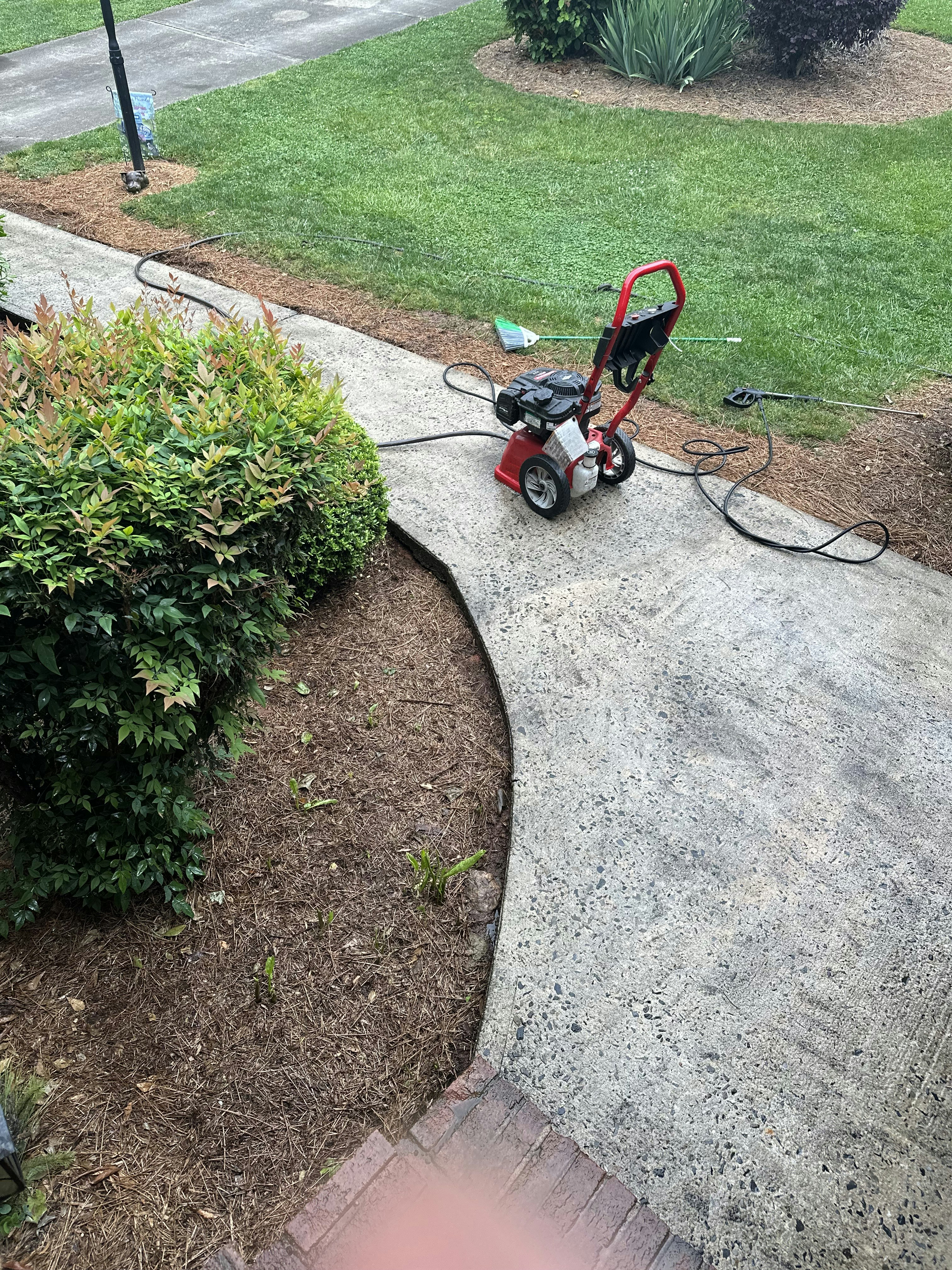Understanding Pressure Washer Nozzles: Types and Functions
Pressure washer nozzles are essential components that significantly affect the overall cleaning performance of a pressure washer. Selecting the appropriate nozzle can make a vital difference in the effectiveness of cleaning various surfaces. There are several types of nozzles, each designed for specific tasks and pressure settings, including the 0°, 15°, 25°, and 40° nozzles, turbo nozzles, and soap nozzles.
The 0-degree nozzle produces a concentrated jet of water, delivering the highest pressure. This nozzle is ideal for removing stubborn stains and debris from hard surfaces like concrete or brick. However, caution is necessary since the concentrated stream can damage delicate surfaces if used improperly.
Conversely, the 15-degree nozzle offers a wider spray angle that still maintains considerable pressure. This nozzle is suitable for cleaning heavily soiled surfaces, such as wooden decks or patios, where a high level of dirt removal is needed but the risk of damage is lower.
The 25-degree nozzle strikes a balance between pressure and coverage, making it versatile for tasks like cleaning vehicles or outdoor furniture. It provides an effective spray that can tackle general dirt and grime without risking damage to the surfaces.
The 40-degree nozzle delivers the widest spray pattern, making it the ideal choice for light cleaning tasks, such as washing windows or rinsing off sidewalks. The lower pressure minimizes the risk of damage to sensitive surfaces while still effectively loosening dirt.
Turbo nozzles are a hybrid option, combining the power of a 0-degree nozzle with the coverage of a wider spray pattern. They rotate a focused jet of water, allowing for efficient cleaning of large areas without excessive pressure. Soap nozzles, typically identified by their larger orifice, are specifically designed to apply soap solutions effectively, ensuring thorough cleaning of surfaces prior to rinsing.
In summary, understanding the various types of pressure washer nozzles and their specific functions is crucial for achieving optimal cleaning results. By selecting the right nozzle based on the surface and the level of dirt, users can maximize the efficiency and effectiveness of their pressure washing tasks.
How Nozzle Size and Design Impact Cleaning Performance
The size and design of pressure washer nozzles play a crucial role in determining the overall cleaning performance and efficiency of a pressure washing system. To understand these dynamics, it is essential to consider three primary factors: nozzle orifice size, spray pattern, and flow rate. Each of these elements significantly influences how effectively a pressure washer can remove dirt, grime, and other contaminants from various surfaces.
First, the nozzle orifice size dictates the volume of water that can pass through it. A larger orifice allows for increased water flow, which can enhance cleaning capabilities on large surfaces; however, it may not generate sufficient pressure for more intensive cleaning tasks. Conversely, a smaller orifice size increases water velocity and pressure, which is beneficial for tackling stubborn stains. Thus, selecting the appropriate nozzle size is vital for optimizing cleaning based on the specific job requirements.
Next, spray patterns are integral to how the water is distributed over a surface. Pressure washer nozzles typically offer different spray angles such as 0°, 15°, 25°, and 40°. A narrower spray angle, such as 0°, concentrates the water into a powerful jet that is ideal for cutting through tough dirt, while a wider spray angle, like 40°, disperses water over a larger area, making it more suitable for rinsing and softer cleaning tasks. The design of the nozzle determines not only the width of the spray but also the force exerted on the surface, which directly impacts cleaning efficiency.
Finally, flow rate, measured in gallons per minute (GPM), combined with the nozzle design, determines the cleaning effectiveness. Higher GPM values generally mean faster cleaning but require appropriate nozzle adjustments to maintain optimal pressure and avoid surface damage. By understanding how nozzle size and design affect cleaning performance, users can select the right tools for various applications, ensuring thorough and efficient cleaning results.
Choosing the Right Nozzle for Your Cleaning Project
When it comes to utilizing a pressure washer effectively, selecting the appropriate nozzle is crucial. The variety of nozzles available corresponds to different cleaning applications, meaning that one must consider several factors before making a choice. This includes the type of surface being cleaned, the level of grime or dirt present, and the specific water pressure ratings of the pressure washer.
Firstly, consider the surface type. For example, concrete surfaces can withstand high pressure and may require a more powerful nozzle, typically a zero-degree or fifteen-degree nozzle, to dislodge stubborn stains. On the other hand, softer surfaces such as wood or painted surfaces necessitate a gentler approach, making a forty-five-degree nozzle the better option. This helps prevent damage while still effectively cleaning.
Next, assess the level of dirt and grime on the surface. Heavily soiled areas often demand stronger pressure and more focused water sprays. A nozzle with a narrower spray pattern is usually more effective for such tasks, as it concentrates the force of water on a smaller area, tackling tough stains more efficiently. Conversely, light cleaning tasks may benefit from a wider spray pattern, allowing for quicker rinsing without the risk of surface damage.
Additionally, it is essential to understand the water pressure ratings of your pressure washer. Each nozzle is designed to operate effectively within a specific range of pressure. Exceeding these parameters can lead to poor performance or even damage to the nozzle. Always consult the manufacturer’s guidelines regarding pressure compatibility to ensure optimal performance.
In conclusion, selecting the right nozzle for your specific project is key to achieving the best cleaning results. By considering the surface type, the level of dirt, and the pressure ratings, one can enhance the efficiency of their pressure washing tasks while prolonging the lifespan of the equipment.
Maintenance Tips for Pressure Washer Nozzles
Maintaining pressure washer nozzles is essential for ensuring optimal performance and achieving satisfactory cleaning results. Regular maintenance not only extends the life of the nozzles but also enhances the efficiency of the entire pressure washing system. To begin with, it is crucial to keep the nozzles clean. After each use, remove the nozzle from the wand and rinse it under running water to eliminate any accumulated debris or detergent residues. A dry nozzle can lead to clogs, which can adversely affect water pressure and cleaning effectiveness.
In addition to routine cleaning, inspecting nozzles for signs of wear or damage is vital. Over time, wear can lead to altered spray patterns, which significantly impacts your cleaning ability. Look for physical signs such as cracks, deformities, or corrosion on the nozzle tip. If any of these issues are detected, it may be time for a replacement. Even minor damages can result in a loss of pressure, making it less effective for cleaning tasks.
Another important aspect of maintenance is proper storage. After cleaning, ensure the nozzles are entirely dry before storing them in a cool, dry place. Avoid leaving them exposed to direct sunlight or extreme temperatures, as this can cause material degradation over time. Using a designated storage box can help protect the nozzles from physical damage and environmental factors.
In conclusion, regular maintenance of pressure washer nozzles significantly contributes to the longevity and efficiency of your equipment. By implementing these practices—routine cleaning, vigilant inspection for wear or damage, and proper storage—you ensure that your pressure washer continues to operate at its best, providing effective cleaning results whenever needed.
If you’re interested in purchasing the item you seek, please click the link for additional details: #americanachoice.
https://amzn.to/3SBN3Oy
AFFILIATE DISCLOSURE: I am an affiliate for this company, I am not a paid employee.
I may receive a commission if you click a link on this page and choose to purchase something.
You can rest assured I will only share things I believe in and will be valuable to you.



